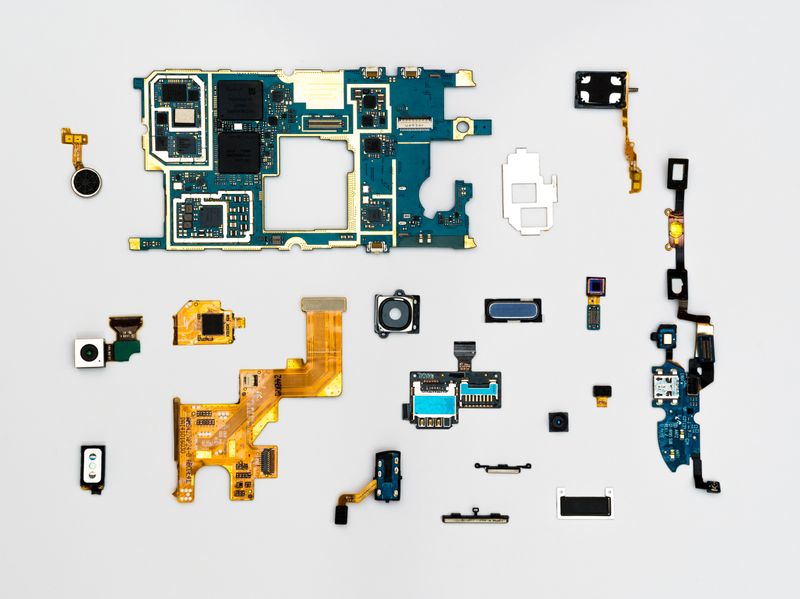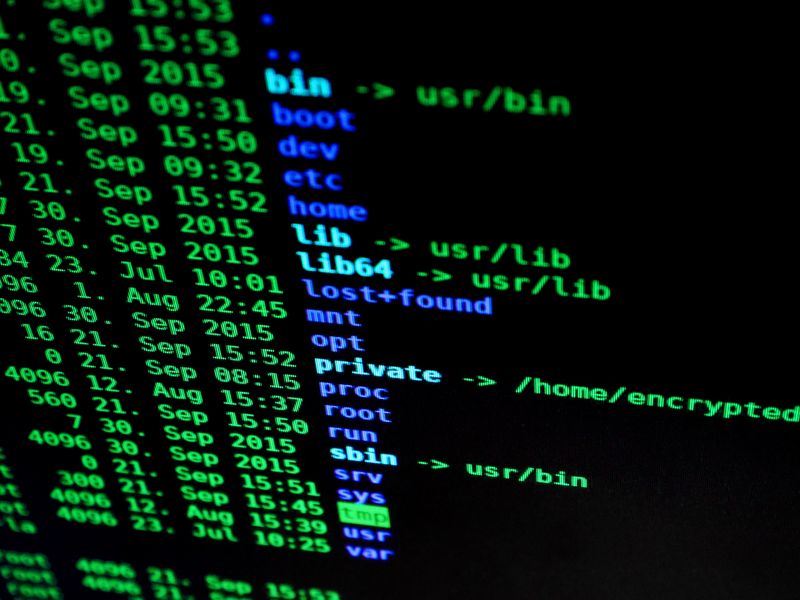Securing Connected Medical Devices: Ensuring Patient Safety in the Digital Age
The Challenge of Connected Medical Devices
Connected medical devices have undoubtedly revolutionized patient care and experience. With the ability to monitor vital signs, deliver medication, and streamline communication between healthcare providers, these devices have improved outcomes and saved countless lives. However, the increased reliance on these devices to handle clinical and operational tasks has made them attractive targets for attackers seeking to profit from valuable patient data or disrupt critical healthcare operations.
A recent study by Palo Alto Networks found that a staggering 75% of over 200,000 scanned infusion pumps on hospital networks had at least one vulnerability or security alert. This alarming statistic reflects the inherent difficulty in protecting these connected devices and the challenges healthcare organizations face in complying with the security requirements of laws such as the Health Insurance Portability and Accountability Act (HIPAA).
Actionable Strategies for Hospitals
Despite the inherent challenges, hospitals can take proactive steps to bolster their defenses against cyber threats and ensure the security of connected medical devices. Here are five actionable strategies that hospitals can implement:
1. Maintaining Vigilant Visibility
To defend against sophisticated attacks, hospitals must develop a zero trust (ZT) security approach. The first step in implementing this approach is to establish complete visibility of all assets across the network. Both the Information Security (InfoSec) and Biomed teams need a comprehensive picture of all devices connected to the hospital’s network and understand their points of vulnerability.
A ZT approach should go beyond individual device-level visibility and extend to identifying the main applications and key components running beneath the operating system. This deeper understanding allows for a more robust enforcement of security measures. For example, having insights into various applications such as electronic health records (EHRs), picture archiving and communications systems (PACS), and other business-critical applications can significantly improve overall vulnerability management.
2. Identifying Device Exposures
Connected devices can be susceptible to two types of vulnerabilities: static and dynamic exposures. Static exposures typically consist of known vulnerabilities, such as those cataloged in Common Vulnerabilities and Exposures (CVE) databases, that can be individually addressed. On the other hand, dynamic exposures arise from how devices communicate with each other and where they send information, making them more challenging to identify and mitigate.
Leveraging artificial intelligence (AI) and automation can play a crucial role in helping hospitals identify these exposures. Data-driven insights and proactive recommendations provided by AI systems enable healthcare organizations to remediate vulnerabilities efficiently and effectively.
3. Implementing a Zero Trust Approach
Once hospitals have a clear understanding of their assets and vulnerabilities, they can embrace a ZT approach by implementing granular access controls to limit the exposure of vulnerable devices and applications. By segmenting devices and workloads into microsegments, administrators can manage security policies based on the principle of least privilege access. This segmentation helps reduce the attack surface, improve breach containment, and ensure regulatory compliance.
Microsegmentation allows hospitals to isolate compromised devices or workloads, preventing attackers from moving laterally within the network. By differentiating security requirements and controls for various segments, medical devices critical to patient care can be adequately protected, even if other areas of the network are compromised.
4. Rolling out Virtual Patching for Legacy Systems
Legacy medical systems often run on outdated software and operate within constraints that make them challenging to upgrade or patch. However, leaving these systems unpatched poses significant security risks. Implementing a ZT approach enables hospitals to invest in virtual patching as an alternative form of protection, reducing the exposures associated with legacy medical devices.
Virtual patching, facilitated by tools like next-generation firewalls, applies additional defenses around the network and application layers of medical devices without requiring physical contact with the device itself. This approach allows hospitals to mitigate vulnerabilities without disrupting patient care or incurring additional risks associated with patching critical systems.
5. Instituting Transparency Across the Ecosystem
Effective communication and transparency are crucial in preventing threats from the start. Hospital Chief Security Officers (CSOs) and InfoSec teams should be involved in the device procurement process to provide critical insights on how to best protect devices throughout their lifecycle. Collaboration between hospitals, security teams, vendors, and device manufacturers is essential in creating solutions and strategies that prioritize security in medical device design.
Historically, the flow of information post-attack has primarily been limited to security teams and hospitals, with minimal feedback reaching device manufacturers to improve their device security. Hospitals must take a more proactive approach by sharing direct feedback with manufacturers, enabling an iterative process of improvement for medical device security.
Editorial: Strengthening Healthcare Cybersecurity
The increasing adoption of connected medical devices has undeniably improved patient care, allowing for better monitoring and treatment. However, it also introduces unprecedented security risks and vulnerabilities. Protecting patients’ sensitive data and ensuring the continued operation of critical healthcare services is of paramount importance.
It is crucial for hospitals and healthcare organizations to prioritize cybersecurity and invest in robust protection mechanisms for connected medical devices. These devices, which directly impact patient safety, must be shielded from malicious actors seeking to exploit vulnerabilities.
Governments should continue to enact legislation and regulations that emphasize the importance of cybersecurity in the healthcare industry. Compliance with laws like HIPAA ensures that organizations are held accountable for safeguarding patient data. Additionally, regulatory bodies should collaborate with industry stakeholders to establish comprehensive security standards specifically tailored to connected medical devices.
Device manufacturers also play a pivotal role in securing medical devices. They must prioritize security in their product development lifecycle, leveraging best practices and frameworks, such as those provided by the National Institute of Standards and Technology (NIST), to guide their design and implementation.
Conclusion: Enabling a Secure Future for Healthcare
Connected medical devices have undoubtedly transformed healthcare, improving patient outcomes and revolutionizing the delivery of care. However, their expanded connectivity exposes them to cyber threats that can have severe consequences for patients and healthcare providers.
Hospitals must adopt a proactive stance towards securing these devices. By maintaining vigilant visibility, identifying device exposures, implementing a zero trust approach, investing in virtual patching for legacy systems, and promoting transparency across the ecosystem, hospitals can significantly enhance their cybersecurity posture.
In the ever-evolving landscape of healthcare technology, collaboration and information sharing among hospitals, security teams, vendors, and manufacturers are essential. By fostering a culture of cyber resiliency and shifting towards a proactive approach to security, healthcare organizations can ensure the safety of their patients and protect their critical systems from malicious actors.
Protecting patient data and ensuring the uninterrupted delivery of care requires constant vigilance, innovation, and a commitment to cybersecurity. As the healthcare industry continues to embrace digital transformation, securing connected medical devices must be an ongoing priority to safeguard patient safety and preserve the integrity of healthcare systems.

<< photo by Dan Cristian Pădureț >>
The image is for illustrative purposes only and does not depict the actual situation.




